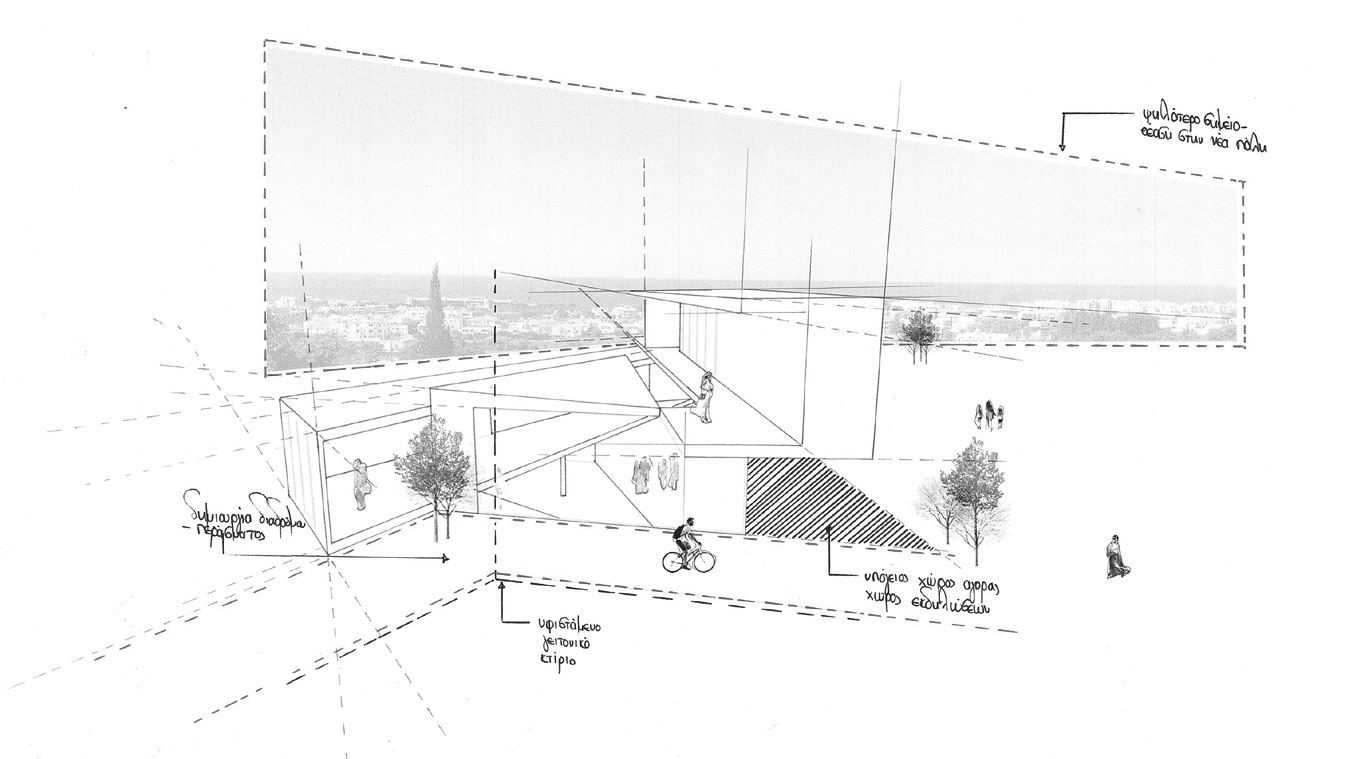Downloads
DOI:
https://doi.org/10.51588/eaaeacp.43Keywords:
hands-on, unexpected spatial episodes, social encounters, contextual integration, possibilities of appropriationAbstract
The premise of the studio, the discovering and mapping of aspects of ‘hidden’ spatial publicness as a primer for the collaborative design of shared collective space in the public domain, as this is framed by individual addition based on a consensus proposal by students of the first semester, second year students at the Department of Architecture of the University of Cyprus, emanates from a number of readings and references that set the pedagogical framework for this design exercise. One such reference comes from Jane Jacobs’ description of the qualities of living in lively cities and she is basing those observations from her personal experience living in Greenwich Village in New York City. Her observation that ‘cities were no longer being built as agglomerations of city space and buildings, but rather, as individual buildings,’ finds resonance with our pedagogical mandate that quality public collective space, which is often hidden, can be the result of happenstance, but also the result of deliberately executing a collaborative strategy where individual building proposals are also subordinated by the collective design of the space between the buildings.
How to Cite
Published
Issue
Section
License
Copyright (c) 2019 Andreas Savvides, Spyros Spyrou, Teresa Tourvas

This work is licensed under a Creative Commons Attribution 4.0 International License.
References
J. Jacobs (1961). The death and life of great American cities, New York: Random House.W.-K. Chen, Linear Networks and Systems (Book style). Belmont, CA: Wadsworth, 1993, pp. 123–135.
J. Gehl (2010). Cities for People, Island Press, Washington, DC.
S. Carr, M. Francis, L. G. Rivlin, A. M. Stone (1992). Public Space, Cambridge, Cambridge University Press.





